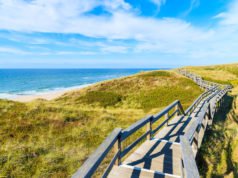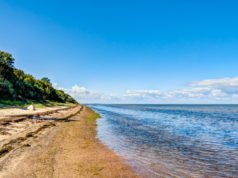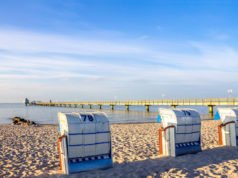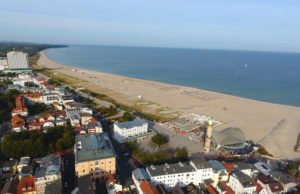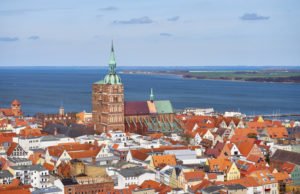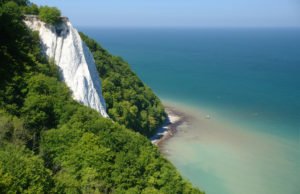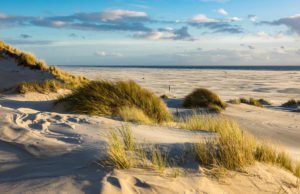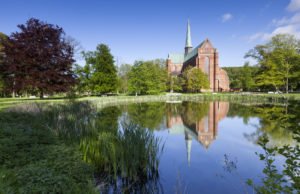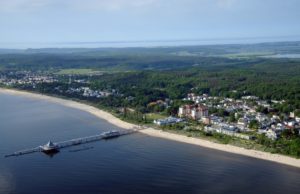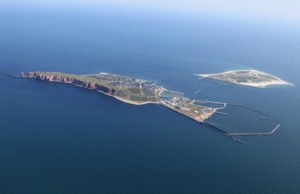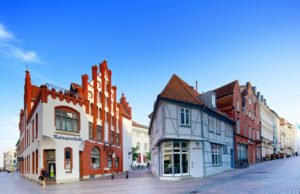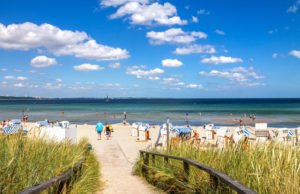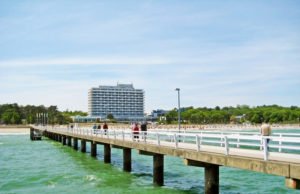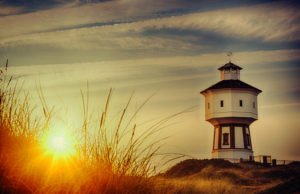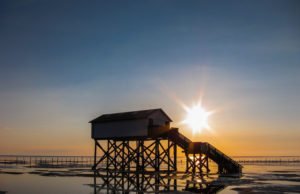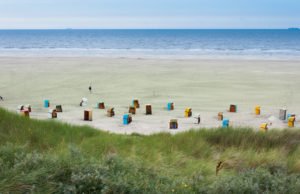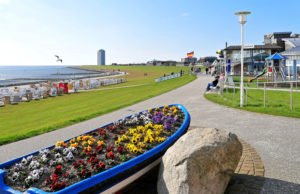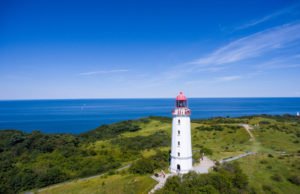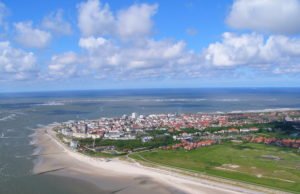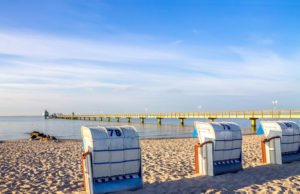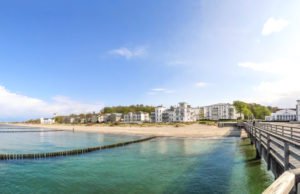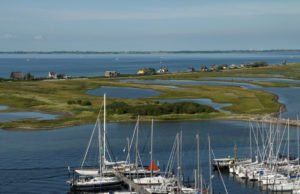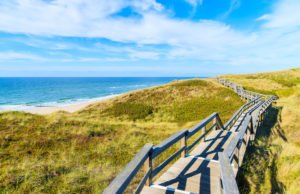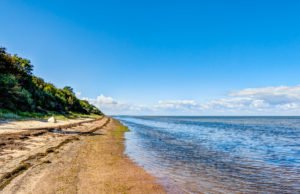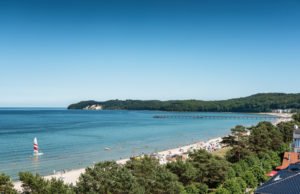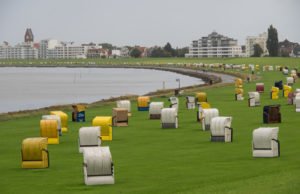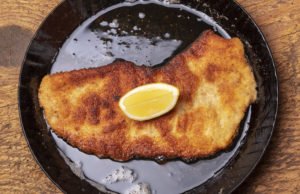The German Baltic Sea is one of the most beautiful tourist destinations in Europe, but unfortunately, most foreign tourists do not know about its existence. This beautiful S shaped coastline is some of the best coastal features that Germany has to offer and is one of the most popular destinations for local tourists. Judging by the ever increasing influx of foreign tourists to the country, it is clear that the world too is beginning to take notice. Some of the most famous names in history have trod the same steps before and visiting the German Baltic Sea presents an opportunity to follow in the footsteps left behind by great men like Sigmund Freud, Albert Einstein, Billy Wilder and Thomas man all of whom spent some period of their lives in this beautiful place.
The two most northern states that border the Baltic Sea are Mecklenburg-Western Pomerania and Schleswig-Holstein. Schleswig is probably the best place to begin your tour of the Baltic Sea and although the lack of industry may have left it a little lacklustre in recent years, it was once home to some of the wealthiest families in the country.
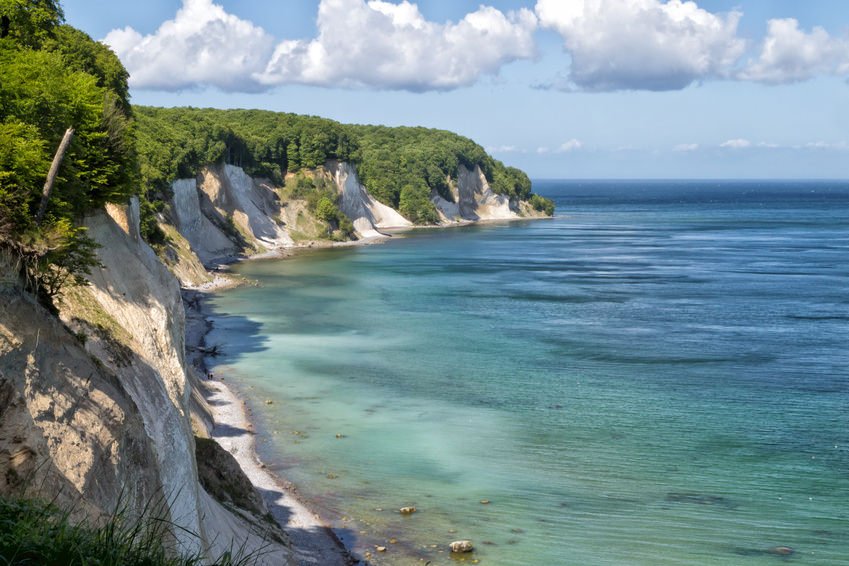
Getting there
The Baltic Sea is easily accessible by air through several of the biggest cities within the international travel corridors with cities like Berlin, Rostock-large and Hamburg being the most popularly used by tourists. From there you can explore the entire Baltic Sea by train or by road. If you are visiting during the high tourist season then traffic jams might prove to be an obstacle for tourists who want to travel by road. Fortunately the coastal German cities have a vibrant cycling culture so you can choose to bike it. Not only will you be able to save more cash, but you also get the chance to take in more of the sights while you are there.
Places to visit on the German Baltic Sea
The Baltic Sea is best known for its coastal features which include calm shallow waters, pristine sandy beaches and an array of high class hotels all of which make it an ideal destination both for families and single travellers alike.
Animal lovers will be happy to know that pets, particularly dogs, are free to roam all parts of the beaches during the low season, although they might have to be restricted to specific regions only during the tourism high season. Almost all the beaches have special enclosed areas for nudists and where they too can enjoy fun in the sun and sand without the hindrance of clothes and away from prying eyes. The architectural designs are a veritable mixture of classic ancient designs and modern designs existing side by side with each other.

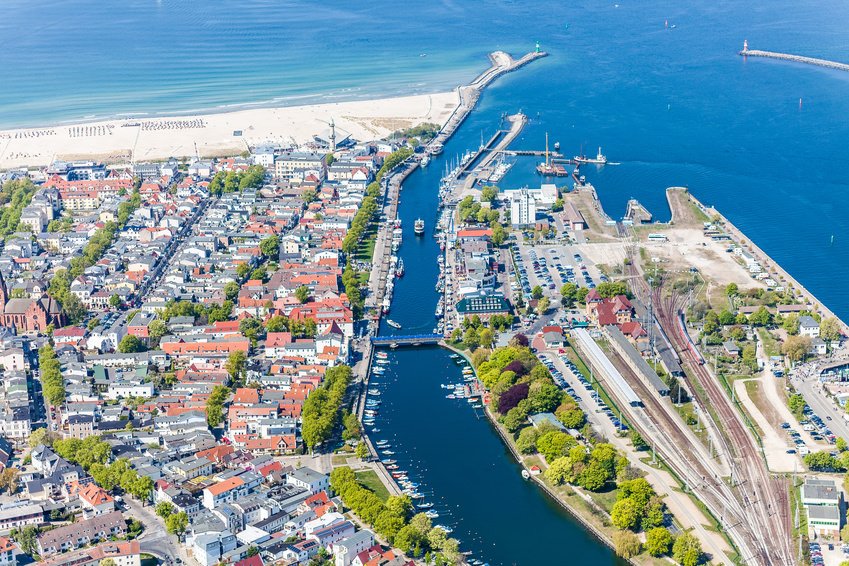

Since there are very many natural and artificial attractions for tourists on the Baltic Sea, you will probably not have the time or the ability to visit all of them while you are there. So to help you with your itinerary in the area, here is a list of the top places every tourist in the Baltic Sea must visit:
RugenBrucke
Measuring about 386 square kilometres and located at the heart of the Baltic Sea, RugenBrucke is definitely a must visit and should be at the top of your itinerary if you are keen to visit some of the largest islands in the area. The best way to explore the Island is from the windows of the Rushing Roland. You can take a train ride through the city to Binz, one of the city’s best known coastal resorts and visit the historical museum in the city while enjoying views of its promenade and beautiful piers.
Prince Wilhelm’s Granitz Hunting Lodge is located on a hilltop towards the southern side of Binz and offers a magnificent view of the World UNESCO Biosphere Reserve which overlays that part of Rugen. And before you leave Rugen make sure you also visit the Jasmund National Park, where you can visit the white cliffs and travel by shuttle bus to the clifftop outlook on Konigsstuhl or King’s Seat.

Stralsund
Stralsund is one of the main diamonds of the Baltic Sea and the best place to go if you want an accurate picture of Hanseatic town architecture. This is a perfectly preserved and maintained old town and many of the houses in the town date back to the time before The Thirty Year’s War. This area is best explored by boat and you can either rent one if you are good at sailing on your own or join one of the many tours setting out every day. Go sailing to magical Hiddensee. Here cars are forbidden completely and the overall impression is that of a city that has largely remained untouched by features of modernity. Its lighthouse and northern cliffs merge with the four small villages in the region to present magical settings for the romantics.

Wismar
To get an even better taste of true Hanseatic living, head over to Wismar, one of the other immaculately preserved and protected Hanseatuic cities. One of the biggest attractions here is the Nikolaikirche, a Baltic brick Gothic Masterpiece that has withstood the test of time and which blends in perfectly with the city’s colourful old harbour and medieval streets.
Just north of Wismar is a lovely destination popularly referred to as the white town by the sea among the locals. The term is a reference to its bright white villas which have housed royalty over the years and still continue to do so today. Heiligendamm and Kuhlungsborn, both of which are part of Bad Doberan are also located here and feature the same dazzling white villas.
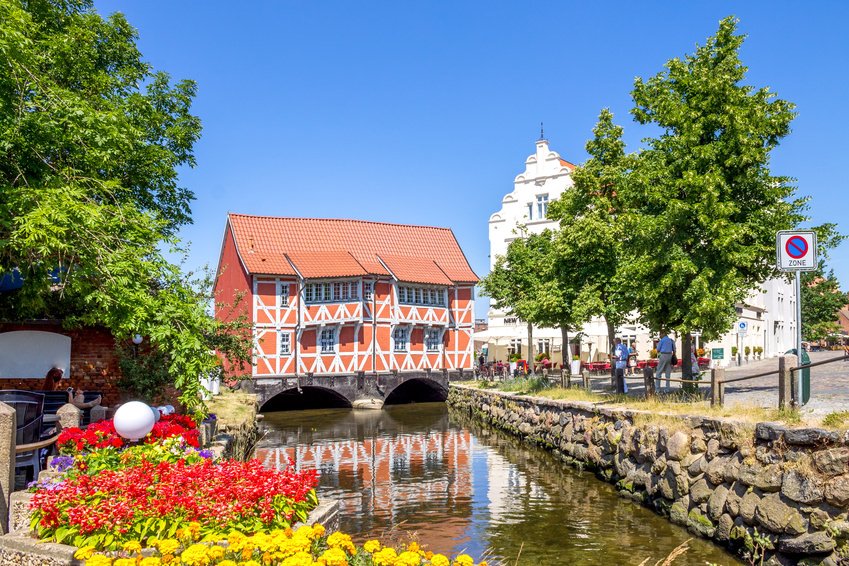
Rostock
To the south eastern side of Kuhlungsborn on the shores of the River Warnow is the city of Rostock, another must visit for tourists on the Baltic Sea. The town has been around for more than 800 years and still retains some of its ancient glory, although it has seen a significant transformation in recent years after being designated as an international port by the GDR. It is famously known as home to the oldest University in the northern part of Germany as well as the Shipping Museum, where you are guaranteed to get a proper look of life in the sea. If you schedule your visit properly, then you will also be able to catch the August Hansa Sail. This August Regatta scheduled in that part of the Baltic Sea is one of its most popular events and continues to attract millions of visitors from all corners of the world each year.
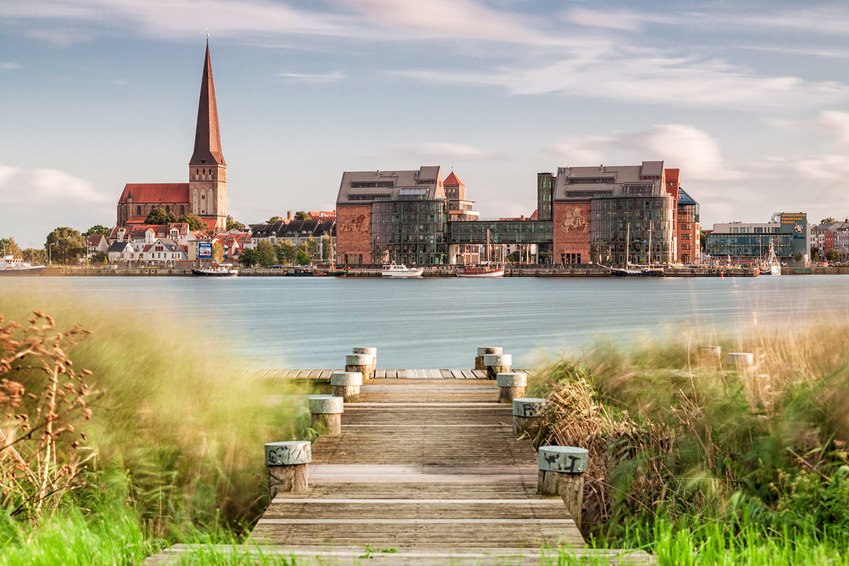
Baltic Sea Cuisine
The cuisine in the Baltic Sea cities is greatly influenced by history, climate and the region’s geographical features. So the food here can be classified according to its source.
Fish buns
Fish buns are probably THE most sold food item around the Baltic Sea. You can have yours with Herring (“Bismarck”), Mackerel, Eel and many other variations.

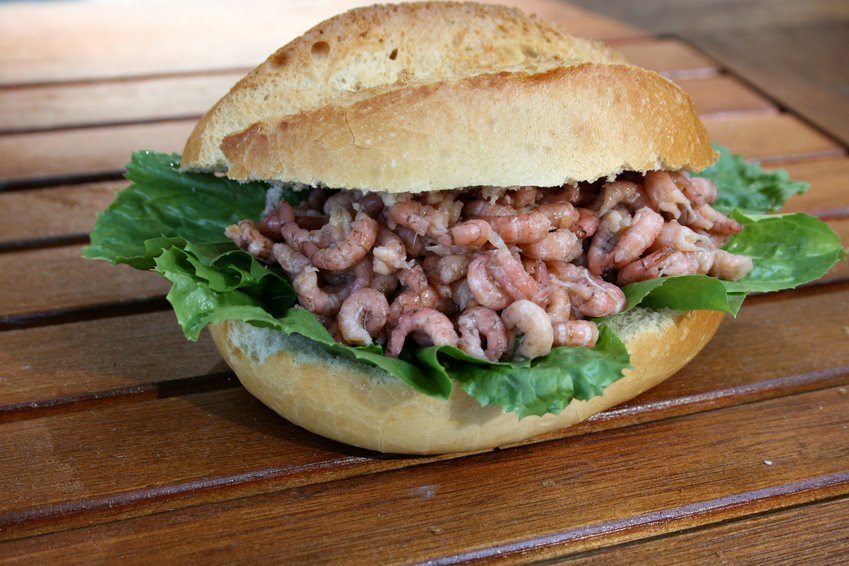
Forest cuisine
From the lush forests lining up the coastline of the Baltic Sea come a variety of game products that are integral to the cuisine of the area. Wild game is a very popular dish in the area and some of the most sought after game products include rabbit and deer meat. Wild mushrooms, forest berries and wild nuts and seeds are also quite popular among the locals.
Meadow and garden products
Rye Bread
Made from Rye flour, rye bread is one of the most popular staple food eaten by the residents of the Baltic Sea areas. It is mostly to be found in the smaller local establishments where yeast is added and the bread baked over wood stoves. Many tourists visiting the area love to take with them some rye bread as a souvenir when they leave for home and this is made possible by the fact that the bread can be stored for long stretches of time without going bad.
Potatoes
Popularly referred to as the second bread in many areas along the Baltic Sea line, potatoes are wildly popular among residents and are usually a critical component of almost every meal served in the area. In fact, local stories have it that potatoes used to be considered poisonous in the area until an emperor ate them in public in order to prove that they were not.
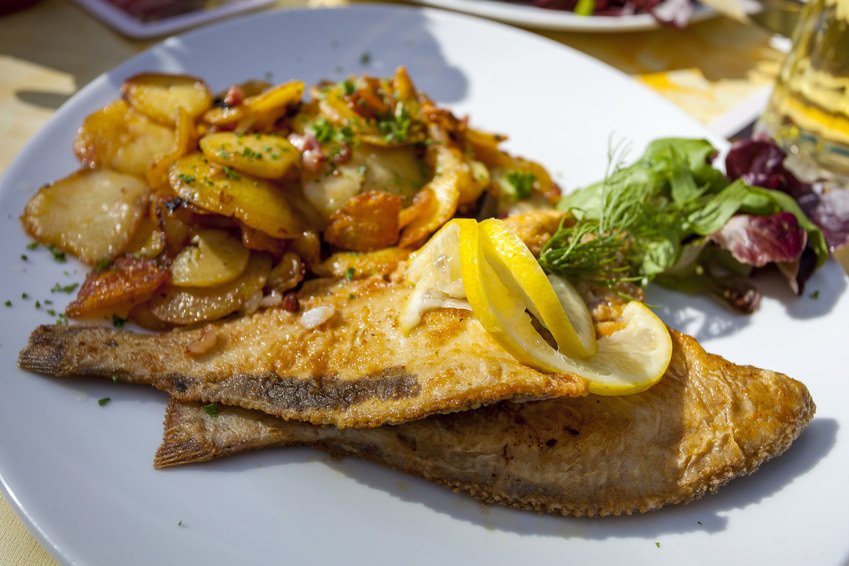
Getting out
The German Baltic Sea has so many attractions that a single visit to the area will probably only scratch the surface and reveal less than half of what it has to offer. If you have time on your hands then consider straying off the beaten track from time to time while you are there and explore some of the features to which foreign tourists are not usually exposed. At the end of your stay you can either choose to leave the country through airports in the nearby cities of Hamburg and Berlin or you can take a train or bus ride if you live within Eastern Europe.


